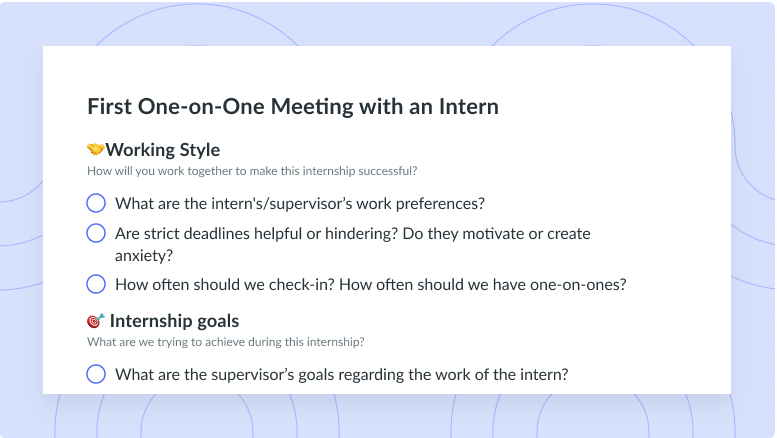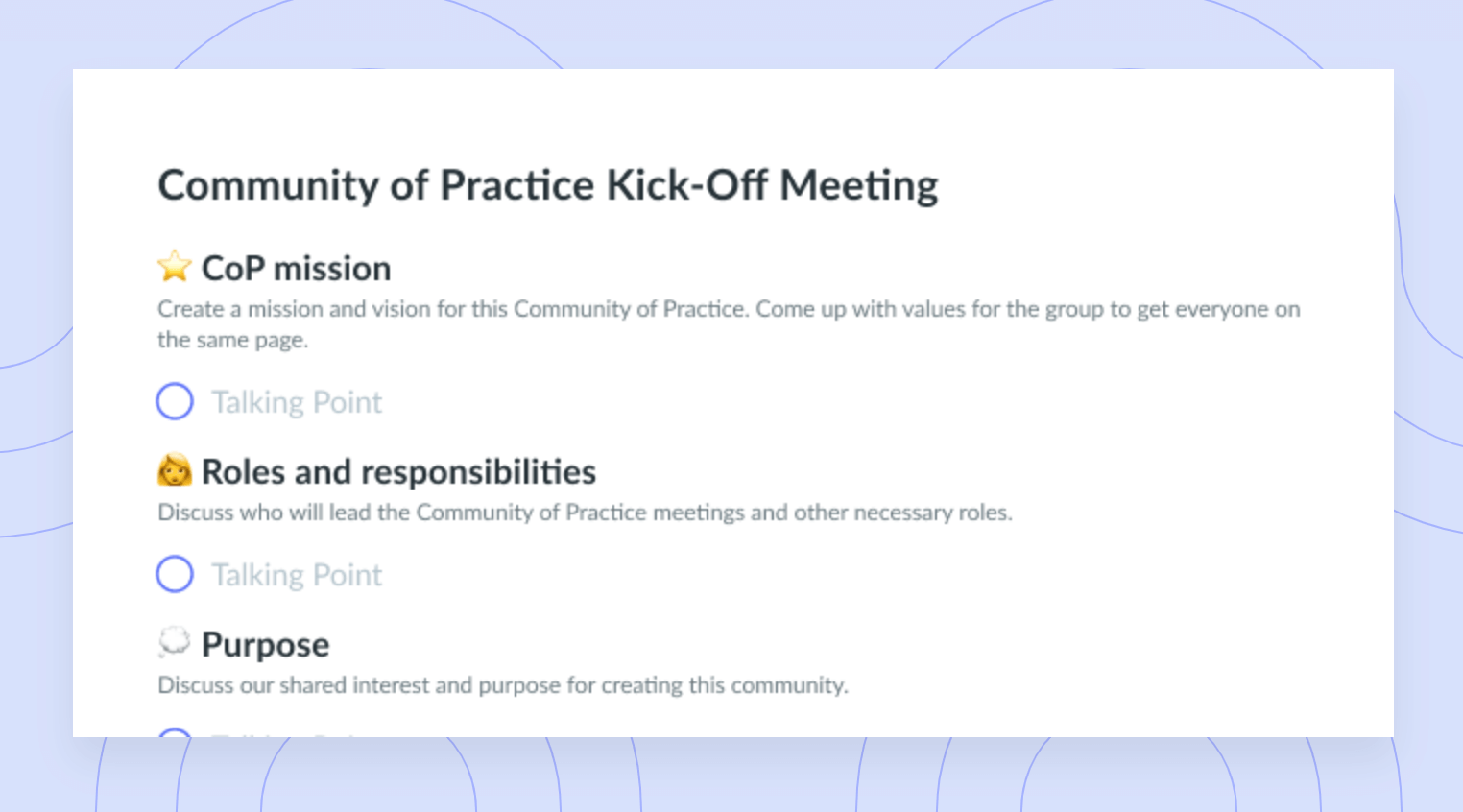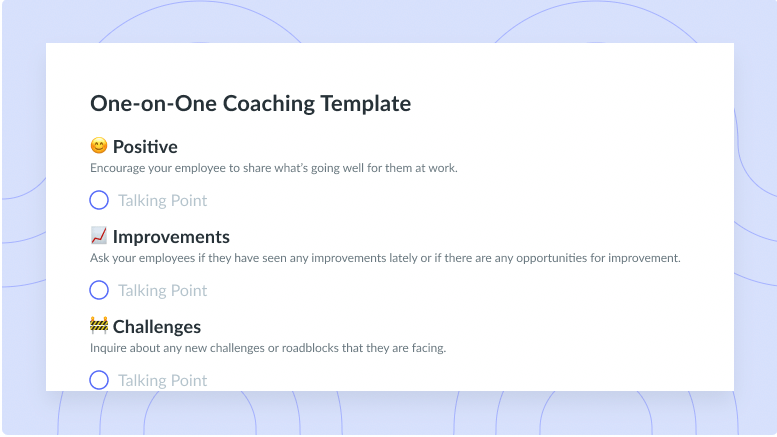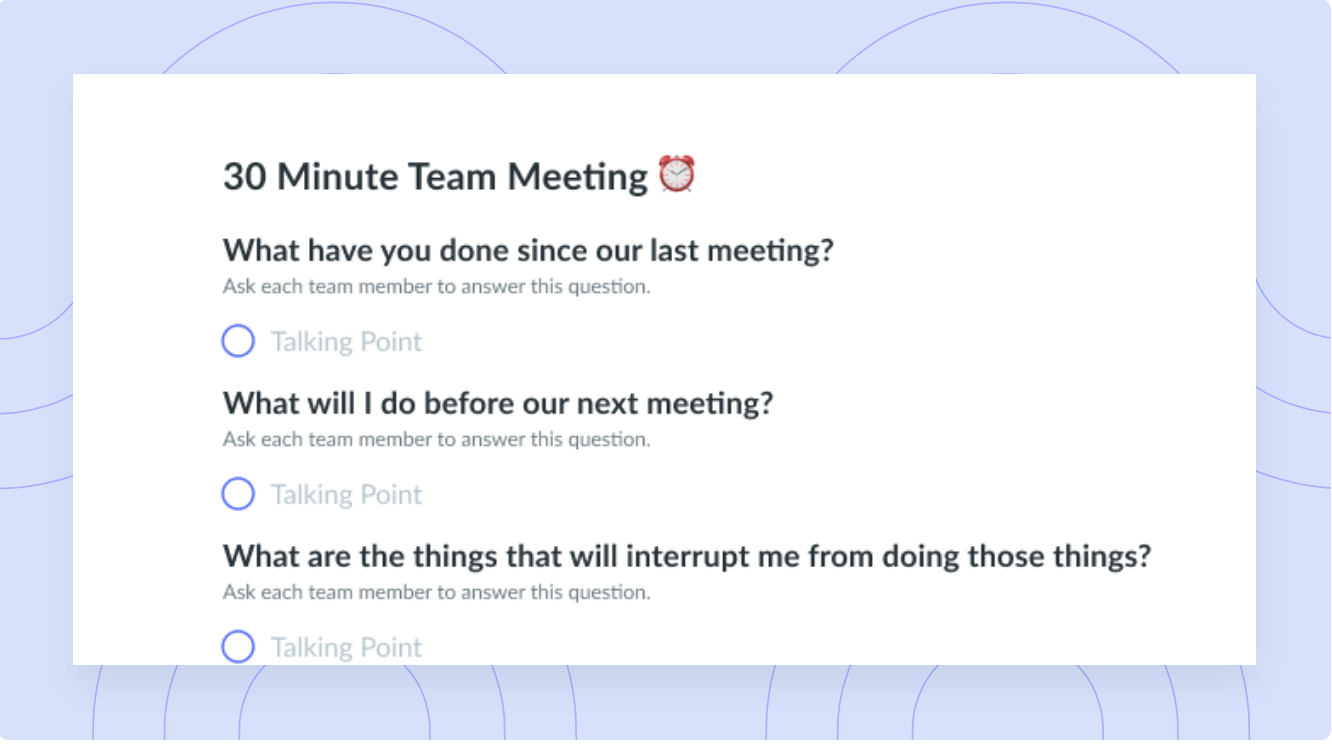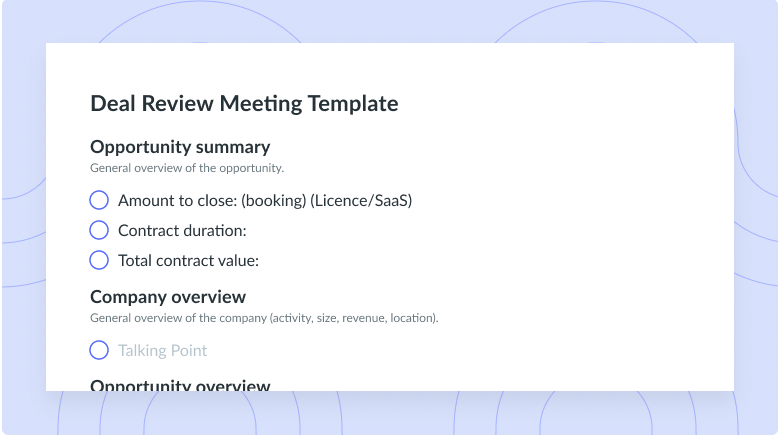OKRs 101: Frequently Asked Questions about Team Goal-Setting
Answering common questions about OKRs (Objectives and Key Results) with the help of our expert #ManagerChats panelists!
The OKR (Objectives and Key Results) goal-setting framework has been used at Google, Zynga, General Assembly, and many more successful organizations. It takes an organization to successfully implement OKRs, from executives to managers and direct reports.
With ambitious goals come big changes to operations and workflows and many questions on how to properly set and see these goals to the finish line. Learn more about this popular framework and how companies can implement and execute strategy from the help of our expert panelists!
- What are OKRs
- What are OKRs not
- What are the benefits of OKRs
- How to implement aspirational OKRs
- How to provide clarity on company objectives
- How to avoid losing focus on OKRs
- Common OKR mistakes
- How many OKRs should you really have?
1 What are OKRs?
OKRs stand for “Objectives and Key Results”. OKRs help your team stay hyper-focused by acting as a clear explanation of a company’s ambitious goals. Measure What Matters explains the objective as the place you wish to be as an organization and the key results are like a roadmap for getting there.
OKRs is a great goal-setting framework that helps drive results in 4 ways, according to Mukom Tamon, Chief Excellence Officer at Perfexcellence:
- Clarity by defining strategic priority
- Focusing only on the main goals
- Aligning effort and creativity for the same target
- Agile review and adapting quarterly
2 What are OKRs not?
If OKRs are aspirational objectives and quantifiable key results, then what are they not? That’s a great question! OKRs are much like any other goal – not set in stone. It’s important to recognize that OKRs are not guaranteed and are subject to change if needed.
OKRs are also not a to-do list or checklist of tasks.
Bruce Tulgan, Founder and CEO of RainmakerThinking, pointed out that task-focused goals often leave employees feeling undervalued and burnt out. The main function of OKRs is to add a clear vision of the future, not to add confusion of alignment.
“Focus must be on the real, tangible value added. The means to adding that value may be any number of tasks, and those tasks may change rapidly,” said Tulgan.
3 What are the benefits of OKRs?
According to Gitlab, OKRs have four superpowers:
- Focus
- Alignment
- Tracking
- Stretch
But according to our expert panelists, OKRs also have more to offer!
Since OKRs are known throughout the organization, they also offer transparency and encourage trust between teammates and managers. Offering transparency means keeping employees informed and being honest with your team.
Leading with transparency will also motivate your team to be honest with you on progress and potential challenges they are facing. Measure What Matters added that it encourages teamwork and acts as a great reminder of the purpose behind your role:
“As OKRs are accessible to everyone in an organization, they’re a great reference and reminder of what’s important and WHY we’re doing what we’re doing. They encourage everyone to opt-in and become doers instead of spectators at work.”
4 How to implement aspirational OKRs without overwhelming your team
The last thing you want your OKRs to do is to leave your team feeling overwhelmed and create additional stress.
Brendan Cooney, Head of IT Support at Educational Tours, explains that when OKRs are done right, it can provide a peace of mind for the team to know they are working on important tasks and making the most out of their workday.
“We know we can either do a few things REALLY well or do many things not so well.”
– Aagya Mathur, CEO at Aavia IO
Having aspirational OKRs help block out noise, distractions, and avoid burnout. A great habit to incorporate into your one-on-one meetings that Mukom has developed is checking up on your direct reports before diving into talking about OKRs.
Managers and leaders can make a difference on their teams mental health by talking openly and offering a listening ear.

Pro tip
Using a one-on-one software like Fellow for your meetings can help ensure all talking points are covered and can act as a reminder for you to check-in on your employees wellbeing.

5 How to provide clarity on company objectives
Rohit Verma, Product Manager at Angel Broking, explains that complete transparency is the key to avoiding any confusion. By having regular check-ins, it is easier to gauge how the team is doing and make any needed changes to workloads, Kevin Shively, VP of Marketing at Ally.io explains:
“There’s a clear tie between how OKRs create alignment and connection to company goals and the RHYTHMS inherent in the OKR process. The regular checkins and communication with managers and teams create bottoms up and top down comms.”
In addition to transparency, allowing employees to have a sense of ownership of key results can drive motivation and provide a clear sense of purpose while they work to achieve their tasks.
Encouraging this ownership can create bottom up and top down communication.
6 How can managers and their teams avoid losing focus on their OKRs?
According to Forbes, the number one mistake with OKRs is that they turn into huge tasks lists. As time goes on, it can be difficult to be hyper-focused on OKRs as other to-do items are assigned. Something that Aagya practices is listing priorities for the week to ensure the tasks are aligned with the end goal. A common theme the experts shared was emphasis on using time in a beneficial way and saying no to distractions.
– Bruce Tulgan
“Indispensable people add real value by making good use of everyone’s time. They are discerning in which tasks or projects they pursue. Focus on the results. Continually refer back to your objective and ask: does this get us there? Or just look good on paper?”
7 What are some of the most common OKR mistakes?
Learn from our experts’ mistakes when planning OKRs! Rohit offers his top three OKR mistakes and how to avoid them:
- Creating unachievable objectives – How to avoid: Create stretched goals but achievable.
- Inefficient OKRs tracking – How to avoid: Discuss progress with the team on a weekly basis.
- Too many Objectives – How to avoid: Limit the count of Objectives to 4
Brendan adds his mistakes of having too many key results and not enough communication. Assuming the team knows what is expected of them and how to get there is an easy mistake many of us may overlook!
Create a culture of open communication where everyone can feel comfortable in asking questions and saying no to projects that aren’t in the interest of OKRs.
8 Is there a magic number organizations should strive for when creating OKRs?
We know that it’s possible to have too many OKRs which leads to misalignment. We asked our panelists what the magic number of OKRs we should all aim to have. It was no surprise that many of the answers had a common recurring number. Although the need for OKRs will differ based on organizations, Bruce reminds us that OKRs shouldn’t encompass every project or action item a company does.
Keeping that in mind, it seems like the answer ranges from having 3-6 OKRs! To ensure better focus, Kevin recommends keeping the number on the lower end. Measure What Matters suggests having no more than 5 objectives with 3-5 key results each.
“To capture the ambitions of your organization, we recommend having no more than 5 objectives with 3-5 key results each. These should all fit on one or two pages.”
Parting words
OKRs can accomplish extraordinary things but require alignment and dedication from the organization. When the OKRs come to an end, make time to evaluate them to figure out what worked and what may need to change in the future. It’s important to ask if objectives were ambitious enough, if key results were measurable and if any OKRs were left behind. Asking your team for feedback and how they felt about the OKRs will help align the team with the business strategy. Take these learnings and apply them to the next quarter for even more success!









